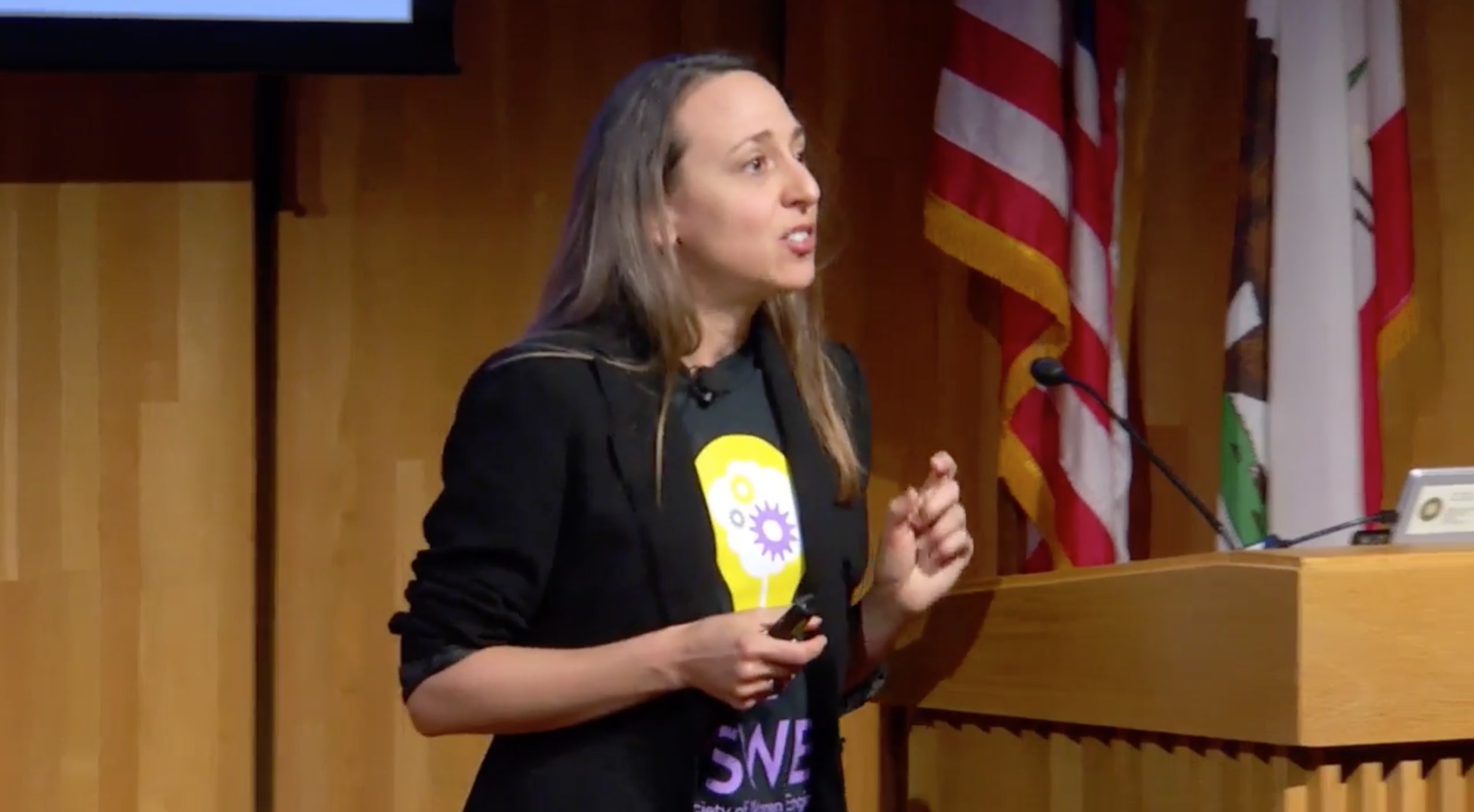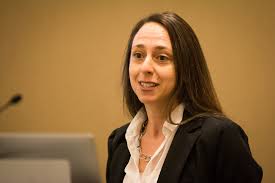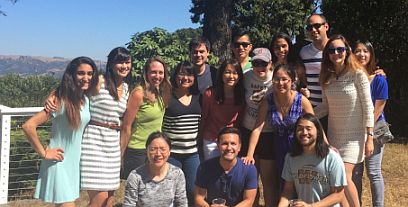
This week in the A. Richard Newton Lecture Series, students had the honor to learn from Amy Herr, the Lester John & Lynne Dewar Lloyd distinguished Professor of BioEngineering at the University of California, Berkeley. Herr was recently recognized with the 2016 Mid-Career Achievement Award from the American Electrophoresis Society (AES) and continues to make her mark in her field of study. Throughout the lecture, Herr discussed the topic of disease and the steps she has taken to solve this problem.
Precision Medicine
Dr. Herr introduced the lecture by stating that we are all similar, and in some way, all identical. Herr asserted, “We all get sick,” and when it becomes serious, some of the molecular changes can actually become permanent. Herr stated that in order to create a treatment for these more serious illnesses, there needs to be a development of precision medicine. She defines this form of medicine to be one that maximizes the accuracy of studying a disease so that treatments can be quicker and more effective.
Herr discussed how there are many indicators of disease from DNA (genetics) to protein. In Herr’s research group, they looked at identifying these types of biomarkers, understanding how these biomarkers correlate to disease or disease progression, and also developing diagnostic assays (evaluations and analyses) that can measure those markers to support the efforts of precision medicine.

Proteins as Biomarkers
Herr discussed how proteins can be transformed into effective biomarkers. She explained that although many people think that disease development is solely based on DNA, she negated this claim by stating much of disease progression has to do with proteins. Unlike DNA, proteins are not static and do not have a set “blueprint.”
Herr stated, “From the perspective of understanding a disease, there are so many modifications to proteins — 1 protein can have up to 25,000 modifications — to discover and understand the two most important questions: How can we understand which group of these molecules are important? And how do we tie these into a specific diagnostic question?”
Herr followed these questions by asking how we can make proteins into effective biomarkers. Since there are so many cells, Herr conducts research on ways to manipulate something as small as an individual cell.
The Solution
By using protein biomarkers, diseases can be more easily detected, identified and precisely treated. To explain this in more technical detail, Herr showcased a confocal micrograph, which mimics “a very tiny cup” where there are two cells that have been isolated and nestled into that cup. This allows them to capture those isolated cells for further manipulation and research. With a size of almost a third of a piece of a human hair (30 microns in diameter), this device contains an array of integrated circuits that route electrons similar to devices such as laptops and cell phones.
Herr’s research takes those fabrication processes that are used in our cell phones, manipulates them and applies them to development structures a nd functional features that do not necessarily route electrons but route biological molecules in cells known as nanofluidics and microfluidics.
nd functional features that do not necessarily route electrons but route biological molecules in cells known as nanofluidics and microfluidics.
Herr claimed that they want to make these measurements on not only one cell but also thousands more. She wants to make precision measurements to allow them to be in the hands of other users and for it to be as simple of a process as possible.
One solution to this, as Herr stated, is a microfluidic device, which is a simple layer device of glass where thousands of these tiny cups, as mentioned before, sit in a type of micro-gel. By allowing these cells to settle, Herr and her team are able to isolate them for further manipulation. Herr compares cells to the appearance of a box of chocolates. Although they may seem to look the same from the outside, they actually are quite different on the inside. Just like this, the profile of the protein expression may appear to be similar but when they are cut open, they vary from one cell to another. Herr’s research team look at these proteins and their response to the cells in their environment — a process known as cellular decision making.
After extensive studying, Herr and her partner, Kelly Gardner, wanted to commercialize this technology so that individuals would be able to understand complex diseases like cancer and those biomarkers as well in a way that is not possible without this specific measurement. After working on this technology for three years, $1.5 million of funding was given and the technology was eventually acquired.
Words of Advice
Herr wrapped up her talk at the A. Richard Newton Lecture Series by pointing out some key points of advice for the student attendees.
Grit outperforms brilliance
Herr stated that although it may be important to be smart, that is not what makes a successful business. Herr claimed that what separates an individual from everyone else is the courage they have to accomplish their goals.
Distinguish yourself
Herr mentioned to not do what everyone else is doing and to mark your own path. By doing this, she said that you will set yourself apart from everyone else and be able to stand out from the crowd.
Be Inquisitive
Herr told the students t o be curious and always ask, “Why?” By asking this question, Herr stated that an individual can continue to learn and acquire so much more knowledge.
o be curious and always ask, “Why?” By asking this question, Herr stated that an individual can continue to learn and acquire so much more knowledge.
Apply a Dash of Skepticism
By questioning certain topics and subjects,
you will be able to make your own journey when it comes to learning. “It’s okay to be doubtful!” she said.
Details Matter
Never take the easy route. Herr said she believed that if you focus on the details, you will be able to understand everything you need to know and more.
Visit The Herr Lab @ UC Berkeley to learn more!
